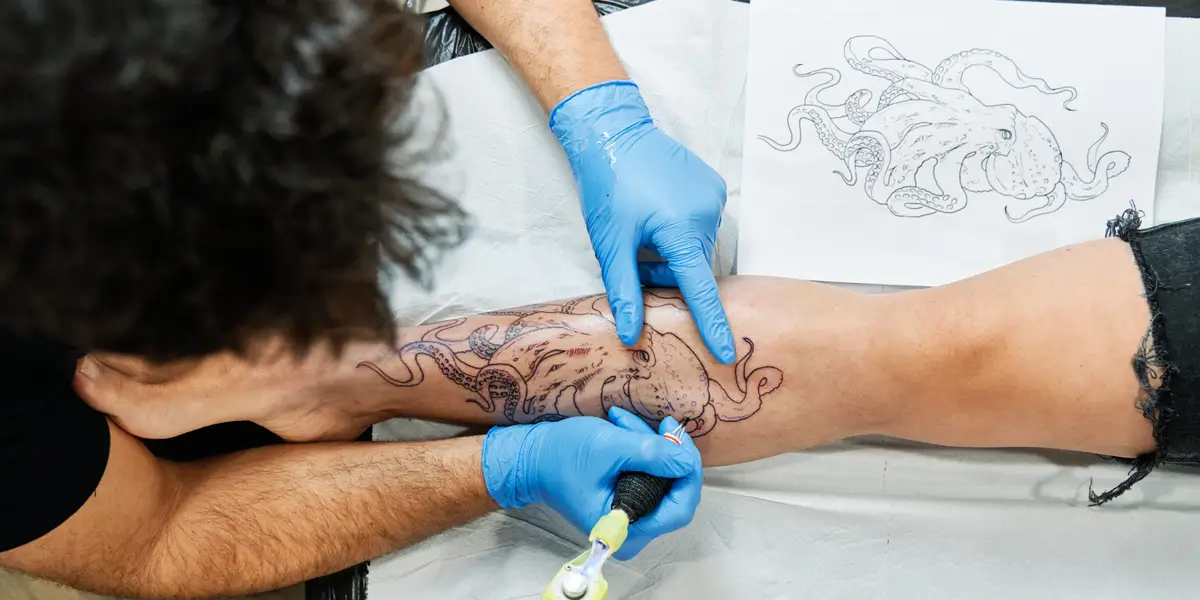The Evolution of Women’s Dresses

Women’s dresses have gone through many transformations in their history, and these changes mirror the transformational processes in society. Today’s female fashion would not be as it is, were it not for these influential times. The post-war period of the mid-twentieth century offered women precise and tailored garments as they started to enter the workplace; the sixties and seventies offered the opportunities to be bold and experimental as far as patterns were concerned, and clothes evolved from the traditional form.
Today, women’s dresses have remained dynamic in that they are not only fashionable outfits but also comfortable ones, as well as flexible outfits that women with different preferences in fashion can choose from in order to dress. Below we discuss the evolution of womens maxi dresses.
The Early Beginnings: Civilizations of the Past
The history of women’s dresses goes back to the ancient civilizations, when clothing served both a practical as well as a religious purpose. During the ancient Egyptian period, women wore body-fitting gowns that were made of linen and had pleated or beaded features. These dresses were worn for the purpose of being cool during the hot climate, and they depicted the social status of the wearer.
The same can be said of peplos or chitons that ancient Greek women wore; these dresses were simply pieces of cloth large enough to be put on and draped over the body and fastened with pins or belts. Reach out for the best midi occasion dresses.
The Middle Ages to the Renaissance
In the Middle Ages, the structure of the woman’s dress became more severe and representative of social statuses of the epoch. Silk, velvet, and brocade were the fabrics mostly used in dressmaking, and the body was decorated with embroidery, pearls, and gold threads.
The dresses of the Renaissance incorporated aspects of fashion as art, where dresses had designs, voluminous sleeves, and several layers of fabric. This choice painted the image of the aristocracy in its entirety.
The Victorian Era
During the Victorian era, another trend set in; women’s dresses started being more decent. Huge skirts were again fashionable; crinolines and bustles were now used to support these, and full sleeves and high necklines were worn as well. The discovery of sewing machines in the mid-19th century made a very big impact on dressmaking as it enabled the making of complex dresses and further made it possible to produce dresses in large amounts.
It was also during this period that the culture of slim and tall women with an hourglass figure became more prevalent. Although Victorian fashion was quite constricting, it set the foundation for the evolution of the dress as well as its construction.
Conclusion
The above article has discussed the history of women’s dressing; from the development of their dresses, to ancient and medieval simple clothing to the richness of the Renaissance period up to the liberty and variety of contemporary women’s clothing.
Every age has contributed its quota to the way women embellish their bodies, and dresses are not just mere clothing materials but also indicators of a culture and a society.





